Home>diy>Building & Construction>What Type Of Hard Hat Is Required For Construction
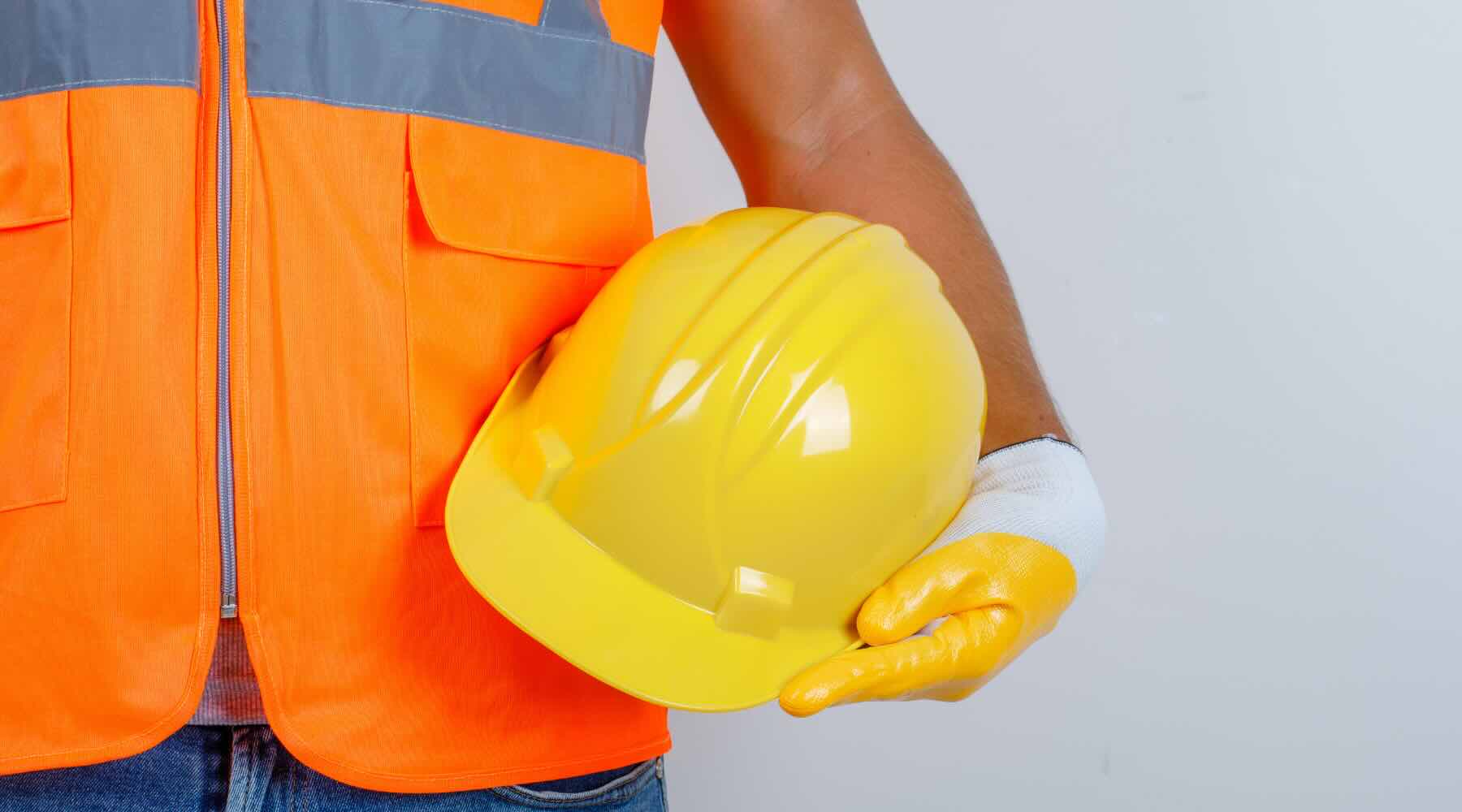

Building & Construction
What Type Of Hard Hat Is Required For Construction
Modified: January 18, 2024
Discover the right type of hard hat required for building construction. Stay safe and compliant with our expert recommendations and guidelines.
(Many of the links in this article redirect to a specific reviewed product. Your purchase of these products through affiliate links helps to generate commission for Storables.com, at no extra cost. Learn more)
Introduction:
In the world of construction, safety is paramount. Workers are exposed to various hazards on the job site, making the use of personal protective equipment (PPE) essential. One of the most crucial pieces of PPE in construction is the hard hat. It provides protection against falling objects, electrical shocks, and other head injuries.
However, not all hard hats are created equal. Different work environments and tasks require specific types of hard hats designed to meet certain safety standards. In this article, we will explore the importance of wearing the correct hard hat and discuss the different types available in the market.
Before delving into the types of hard hats, it’s crucial to understand the standards that govern their design and construction. The American National Standards Institute (ANSI) and the International Safety Equipment Association (ISEA) have established standards to ensure that hard hats meet minimum safety requirements.
The ANSI/ISEA Z89.1 standard sets guidelines for the head protection’s performance, flame resistance, and electrical insulation. Hard hats adhering to these standards are tested for impact resistance and electrical conductivity, ensuring they provide adequate protection against hazards.
Now that we understand the standards, let’s explore the different types of hard hats commonly used in the construction industry.
Key Takeaways:
- Choose the right hard hat based on your work environment and hazards to ensure optimal protection. Consider factors like fit, comfort, visibility, and industry regulations for a safe and secure construction site.
- Regularly inspect and maintain your hard hat to ensure ongoing effectiveness. Replace if damaged or worn to prioritize safety and reduce the risk of head injuries on the job site.
Read more: Why Do Construction Workers Wear Hard Hats
ANSI/ISEA Standards for Hard Hats:
The ANSI/ISEA Z89.1 standard categorizes hard hats into two classes: Type I and Type II. Type I hard hats provide top impact protection, while Type II hard hats offer both top and lateral impact protection. Both types are designed to withstand a certain amount of force to minimize potential injuries.
The standard also includes three classes: E, G, and C, which specify the level of electrical insulation. These classes indicate the type of environments in which the hard hats can be used safely.
Class E (Electrical) hard hats are designed to provide electrical insulation and protection against high-voltage electrical shocks, making them suitable for those working in electrical and utility industries. They can withstand up to 20,000 volts of electrical current.
Class G (General) hard hats offer protection against lower-voltage electrical hazards. They can withstand up to 2,200 volts of electrical current and are commonly used in construction, manufacturing, and mining industries.
Class C (Conductive) hard hats do not provide any electrical insulation and are not meant for use around electrical hazards. They are typically made of aluminum and are primarily used in industries where there is a risk of molten metal splashes or high-temperature exposure.
It’s important to note that hard hats classified as “Type II” offer greater impact protection than “Type I” hard hats. Before purchasing a hard hat, it’s essential to consider the specific hazards present at your work site to choose the appropriate type and class.
Types of Hard Hats:
When it comes to hard hat selection, there is a wide range of options available to meet the specific needs of different work environments. Here are some of the most common types of hard hats:
- Full Brim Hard Hats: These hard hats feature a wide brim that extends all the way around the hat. They provide additional protection from sun, rain, and falling objects by offering a larger coverage area.
- Cap Style Hard Hats: Cap style hard hats resemble a baseball cap, featuring a rounded front brim and a suspension system inside. They are lightweight and comfortable to wear, making them ideal for general construction and utility work.
- Vented Hard Hats: Vented hard hats have ventilation holes or slots that allow for improved airflow. They are suitable for hot and humid work environments to help keep the wearer cool and prevent discomfort due to excessive heat.
- High-Visibility Hard Hats: These hard hats come in bright colors, such as yellow, orange, or lime green, with reflective stripes. They are designed for workers who need to be easily seen in low-light conditions or high-traffic areas, improving safety on the job site.
- Climbing Hard Hats: These hard hats are specifically designed for workers who perform tasks at heights, such as tower climbers or tree trimmers. They often come with chin straps and additional features to secure the hat during various climbing activities.
- Multifunctional Hard Hats: These hard hats include additional accessories and attachments, such as face shields, hearing protection, and a built-in headlamp. They provide added convenience and protection for workers who need multiple forms of PPE.
- Bump Caps: Bump caps are a lightweight alternative to traditional hard hats. They offer minimal protection against minor bumps and abrasions, making them suitable for low-risk environments where head injuries are unlikely.
When selecting a hard hat, it’s essential to consider the specific hazards and requirements of your work environment. It is also crucial to ensure that the hard hat fits securely and comfortably, as a properly fitting hard hat provides optimal protection.
Class E (Electrical) Hard Hats:
Class E hard hats are specifically designed to provide electrical insulation and protection against high-voltage electrical hazards. They are suitable for workers in industries such as electrical utilities, power distribution, and telecommunications.
These hard hats are constructed with materials that are non-conductive and can withstand exposure to electrical currents. Class E hard hats are tested to withstand up to 20,000 volts of electrical voltage, providing a high level of safety for workers in potentially hazardous electrical environments.
The outer shell of Class E hard hats is typically made of high-density polyethylene (HDPE), a durable and lightweight material. This material helps to absorb and distribute impact energy, protecting the wearer from head injuries caused by falling objects or accidental bumps.
Inside the hard hat, there is a suspension system that provides comfort and a secure fit. The suspension system consists of adjustable straps and a harness that can be customized to fit the wearer’s head shape and size.
In addition to electrical protection, Class E hard hats also provide standard impact protection, as they meet the ANSI/ISEA Z89.1 standards for Type II hard hats. This means they offer both top and lateral impact protection, enhancing overall safety on the job site.
It is important to note that while Class E hard hats provide electrical insulation, they are not designed to protect against direct contact with live electrical wires or other high-voltage sources. In situations where there is a risk of direct contact with electricity, additional precautions, such as proper grounding, should be followed.
Class E hard hats may also come with additional features or accessories, such as chin straps, ventilation, or reflective strips for enhanced visibility. These features can further enhance the functionality and safety of the hard hat.
When working in electrical environments, it is crucial to wear the appropriate Class E hard hat to ensure maximum protection against electrical hazards. Regular inspection and replacement of the hard hat are necessary to maintain its integrity and ensure that it continues to meet safety standards.
Class G (General) Hard Hats:
Class G hard hats are widely used in general construction, manufacturing, mining, and other industries where there is a risk of exposure to lower-voltage electrical hazards. They provide protection against shocks and electrical hazards with a maximum electrical resistance of up to 2,200 volts.
Similar to Class E hard hats, Class G hard hats are designed to meet the ANSI/ISEA Z89.1 standards for Type II hard hats, which means they offer both top and lateral impact protection. This makes them suitable for environments where workers may face potential head injuries from falling objects or accidental bumps.
The outer shell of Class G hard hats is typically made of high-density polyethylene (HDPE), a durable and lightweight material that provides excellent impact resistance. The suspension system inside the hard hat ensures a secure and comfortable fit for the wearer by using adjustable straps and a harness that can be customized to individual head sizes and shapes.
Class G hard hats are distinguishable from other classes by their ability to provide electrical protection based on the specific requirements of the work environment. While they offer lower electrical resistance compared to Class E hard hats, they still provide adequate protection against low-voltage electrical exposures commonly found in general industrial settings.
It’s important to note that Class G hard hats are not suitable for use in high-voltage electrical environments or situations where there is a risk of direct contact with live electrical wires. In such cases, Class E or other specialized electrical protection may be required.
In addition to electrical protection, Class G hard hats often come with other features that enhance their functionality and wearer’s comfort. These can include chin straps for secure fitment, adjustable ventilation systems for breathability, and reflective materials for increased visibility in low-light conditions.
Proper maintenance and regular inspection of Class G hard hats are crucial to ensure their ongoing effectiveness. Any signs of wear, damage, or deterioration should prompt immediate replacement to maintain the level of protection they provide.
By wearing Class G hard hats in environments where low-voltage electrical hazards are present, workers can help mitigate the risk of electrical accidents and ensure their safety on the job site.
ANSI Type I hard hats are required for construction. They provide protection from impacts to the top of the head and are often required on job sites to ensure safety.
Read more: What Education Is Required For Construction
Class C (Conductive) Hard Hats:
Class C hard hats are designed for use in industries where there is a risk of exposure to conductive materials or environments. Unlike Class E and Class G hard hats, Class C hard hats do not provide any electrical insulation and are not suitable for use around electrical hazards.
These hard hats are typically made of conductive materials, such as aluminum, which allows electricity to pass through them. They are commonly used in industries where there is a risk of molten metal splashes or high-temperature exposure, such as foundries, steel mills, and certain areas of the automotive industry.
While Class C hard hats do not provide electrical protection, they are constructed to meet the ANSI/ISEA Z89.1 standards for Type I hard hats, which means they offer top impact protection. This makes them suitable for situations where there is a risk of falling objects or potential head injuries.
Class C hard hats are lightweight and durable, designed to withstand impact and minimize the risk of head injuries. They have an adjustable suspension system that ensures a secure and comfortable fit for the wearer.
It’s important to note that Class C hard hats should not be worn in environments where there is a potential for electrical shocks or exposure to live electrical wires. Workers in these situations should wear Class E or Class G hard hats, which provide the necessary electrical insulation.
In addition to impact protection, Class C hard hats may have other features to enhance wearer comfort and safety. These can include adjustable chin straps for a secure fit, built-in ventilation systems for breathability, and high-visibility colors for improved visibility in low-light conditions.
Proper maintenance and regular inspection of Class C hard hats are essential to ensure they remain in good condition and continue to offer the intended level of protection. Any signs of wear, damage, or deterioration should prompt immediate replacement.
By using Class C hard hats in environments where conductive materials or high temperatures pose a risk, workers can help minimize the potential for head injuries and maintain a safe working environment.
Specialty Hard Hats:
In addition to the standard classes of hard hats, there are also specialty hard hats available that are designed for specific tasks or work environments. These specialty hard hats provide additional protection and functionality to meet the unique needs of certain industries or job roles. Here are some examples:
- Firefighter Hard Hats: Firefighters often wear specialized hard hats that are designed to withstand high temperatures and protect against impact and debris. These hard hats are typically made of heat-resistant materials and may feature reflective strips for increased visibility in firefighting situations.
- Rescue Hard Hats: Rescue workers, such as search and rescue teams or emergency responders, may use hard hats that are specifically designed for their line of work. These hard hats often feature attachment points for accessories like headlamps or communication devices to aid in rescue operations.
- Welding Hard Hats: Welders require specialized hard hats that offer protection against the hazards associated with welding, such as sparks, molten metal, and UV radiation. These hard hats are typically made of flame-resistant materials and may have a flip-down visor or a built-in welding shield for eye and face protection.
- Forestry Hard Hats: For workers in the forestry industry, hard hats with built-in face shields and earmuffs are commonly used. These hard hats provide protection from falling branches, debris, and noise generated by chainsaws and other equipment used in forestry operations.
- Mining Hard Hats: Hard hats used in mining often have additional features like integrated radios or cap lamps for underground communication and visibility. They are designed to withstand harsh mining conditions and protect against falling rocks or other hazards found in mining environments.
- Bullard Hard Boiled Hat: Bullard Hard Boiled Hats are a notable example of a specialty hard hat. They were the first commercially available hard hats introduced in the early 1900s and were seen as a groundbreaking safety innovation at the time.
These specialty hard hats are specifically engineered to address the unique risks and challenges faced by workers in different industries. They undergo rigorous testing to ensure they meet the required safety standards and provide the necessary protection.
When working in specialized industries or performing specific tasks, it is crucial to choose the appropriate specialty hard hat that aligns with the unique requirements of the job. This will help to ensure optimum safety and protection for workers in their respective work environments.
Other Considerations for Hard Hat Selection:
While understanding the different classes and types of hard hats is essential, there are other factors to consider when selecting the right hard hat for your needs. These considerations can help ensure that the hard hat provides optimal protection and comfort in your specific work environment:
- Fit and Comfort: A properly fitting hard hat is crucial for both safety and comfort. It should sit securely on the head without being too tight or too loose. Adjustable suspension systems and straps allow for a customized fit, ensuring the hard hat stays in place during work activities.
- Weight: The weight of the hard hat is an important factor to consider, especially for workers who wear it for long periods. Lightweight hard hats reduce strain on the neck and provide increased comfort during extended wear.
- Visibility: Opt for hard hats in high-visibility colors, such as yellow, orange, or lime green, to enhance visibility on the job site. Adding reflective strips can further improve visibility in low-light conditions or areas with moving vehicles.
- Accessories and Attachments: Some hard hats allow for the attachment of accessories like face shields, goggles, hearing protection, or headlamps. Assess your job requirements and determine if any additional accessories are necessary for your safety and job performance.
- Durability: Consider the durability of the hard hat, as it will be subject to various types of wear and tear on the job site. Look for hard hats made of high-quality materials that can withstand impact, weather conditions, and potential chemical exposure.
- Industry Requirements: Some industries may have specific requirements or regulations for hard hat selection. Familiarize yourself with any industry-specific guidelines and ensure the chosen hard hat meets or exceeds those standards.
- Replacement and Maintenance: Regular inspection and maintenance of the hard hat are crucial to ensure its ongoing effectiveness. Replace the hard hat if it shows signs of damage, wear, or deterioration to ensure continuous protection.
Remember, selecting the right hard hat is an important aspect of maintaining safety on the job site. Consider these factors in conjunction with the specific hazards and requirements of your work environment to choose a hard hat that offers the optimal balance of protection, comfort, and functionality.
Conclusion:
When it comes to personal protective equipment (PPE), the hard hat is an essential tool for ensuring the safety of workers in the construction industry. Understanding the different types and classes of hard hats, as well as other considerations, is crucial in choosing the right one for specific work environments.
The ANSI/ISEA standards provide guidelines for the design and construction of hard hats, ensuring they meet minimum safety requirements. These standards classify hard hats into different types and classes based on their impact protection and electrical insulation properties.
Class E (Electrical) hard hats provide electrical insulation and are designed for use in high-voltage electrical environments. Class G (General) hard hats offer protection against lower-voltage electrical hazards and are commonly used in general construction and utility work. Class C (Conductive) hard hats, on the other hand, are not suitable for electrical environments as they are made of conductive materials.
In addition to these standard hard hats, there are specialty hard hats available for specific industries and tasks, such as firefighter, rescue, welding, forestry, and mining hard hats.
When selecting a hard hat, it’s important to consider factors such as fit and comfort, weight, visibility, and durability. Accessory attachments and adherence to industry regulations or requirements should also be taken into account.
Regular inspection and maintenance of the hard hat is essential to ensure it remains in good condition and provides optimal protection. Replace the hard hat if there are signs of damage or deterioration.
Ultimately, by choosing the appropriate hard hat and wearing it correctly, workers can significantly reduce the risk of head injuries and create a safer work environment.
Remember, safety should always be a top priority in construction, and wearing the correct hard hat is a vital part of ensuring the well-being of workers on the job site.
Frequently Asked Questions about What Type Of Hard Hat Is Required For Construction
Was this page helpful?
At Storables.com, we guarantee accurate and reliable information. Our content, validated by Expert Board Contributors, is crafted following stringent Editorial Policies. We're committed to providing you with well-researched, expert-backed insights for all your informational needs.
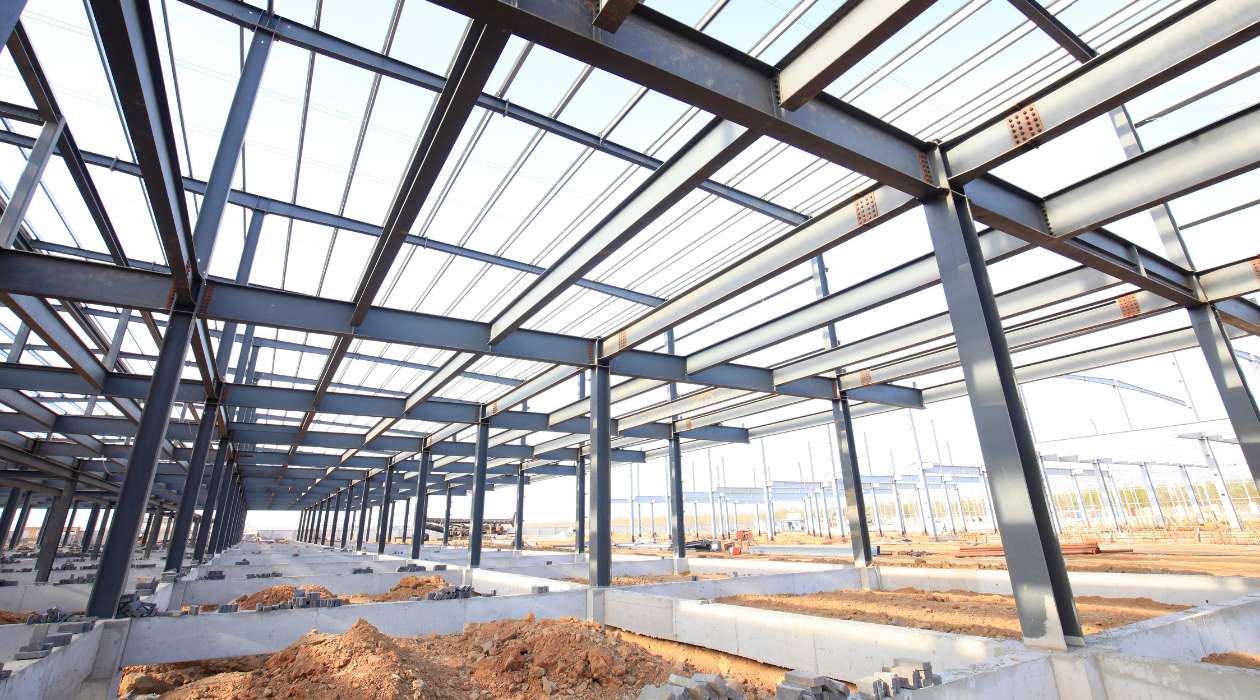
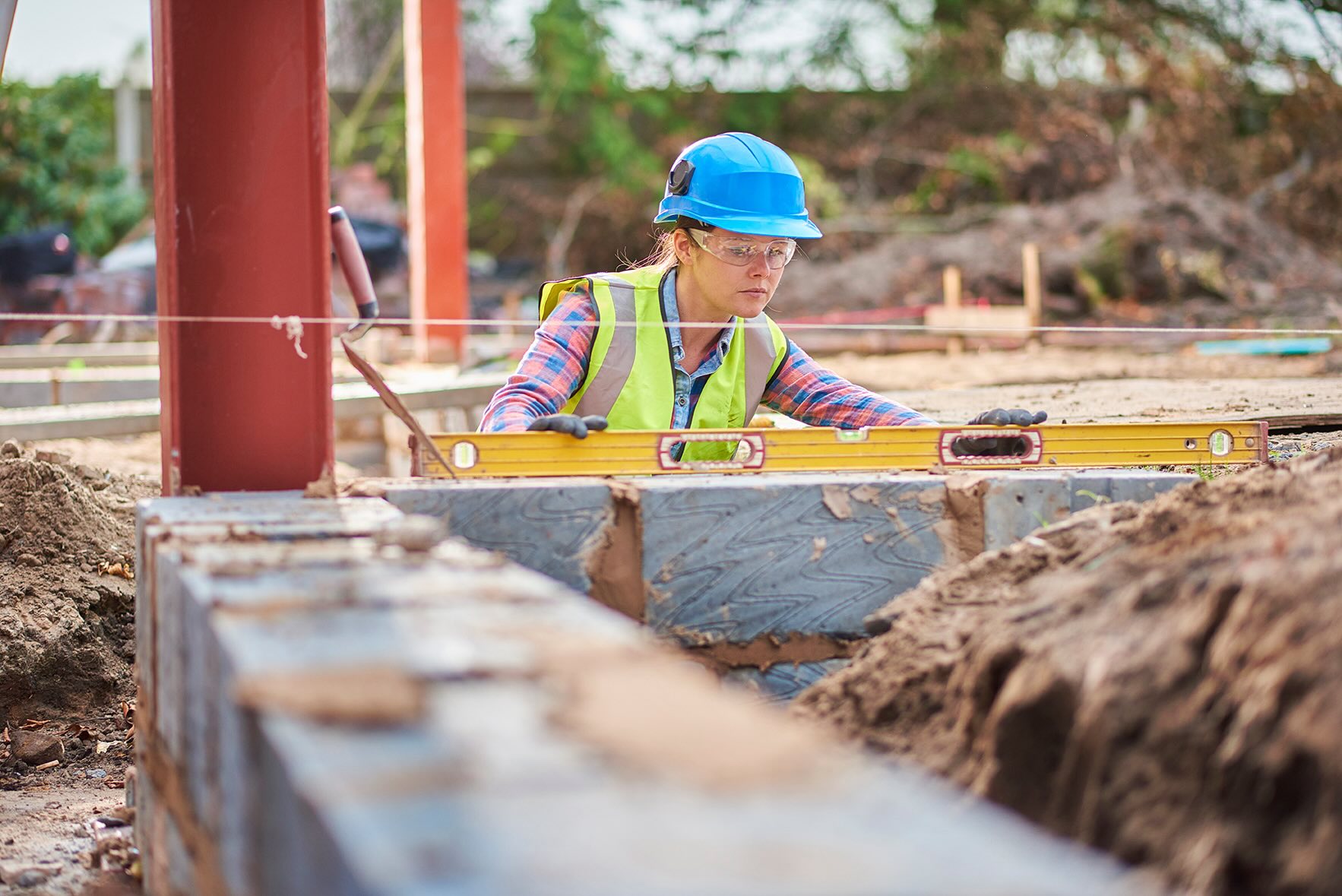
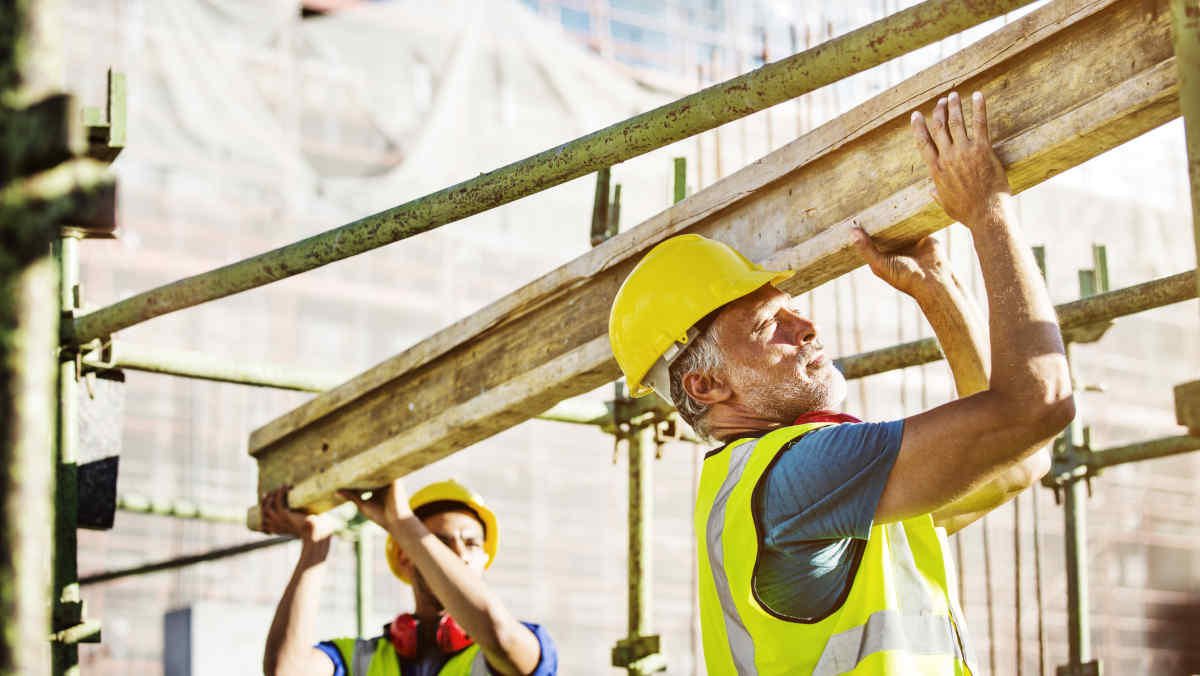

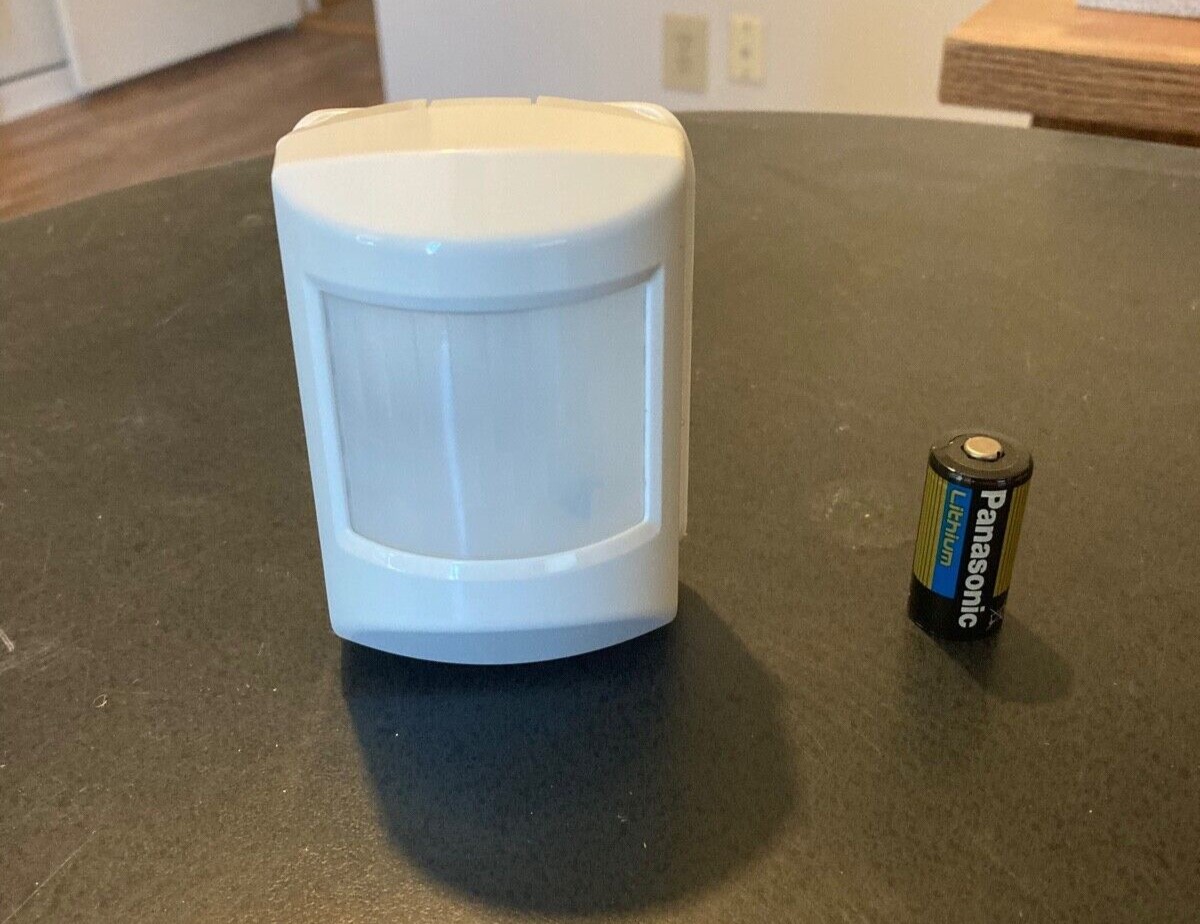


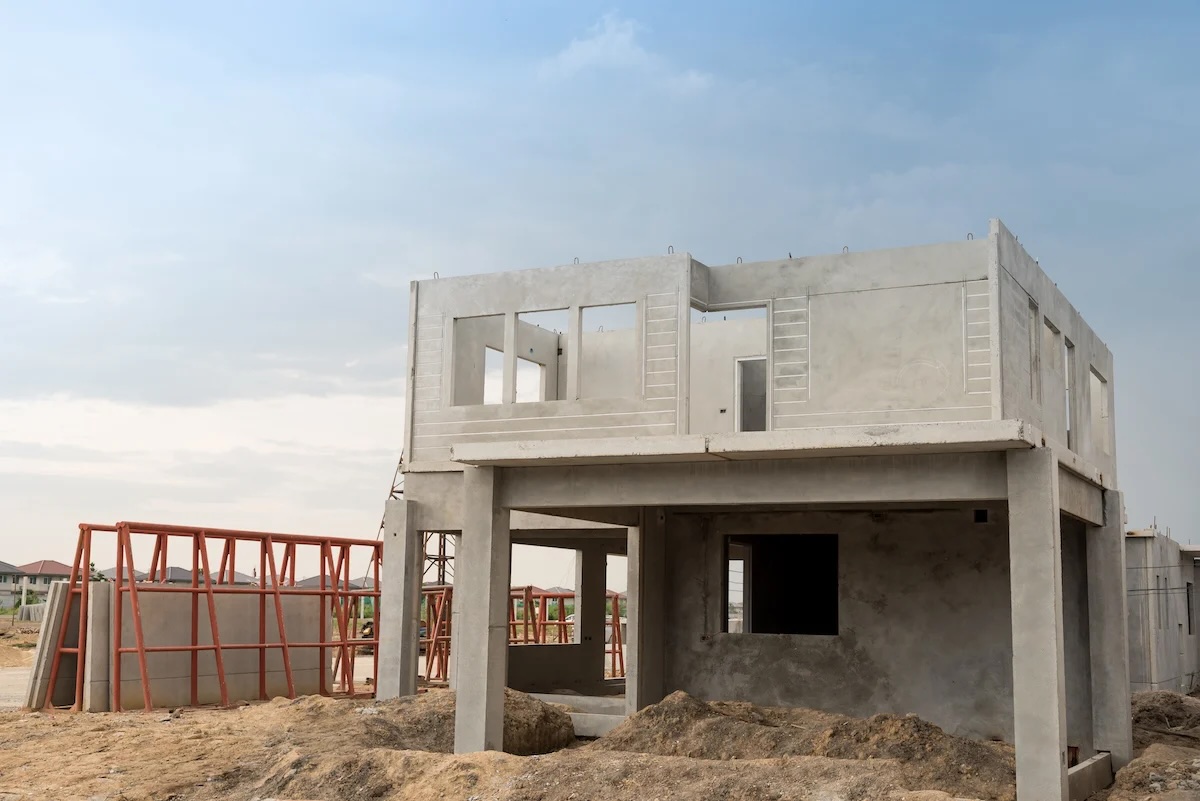


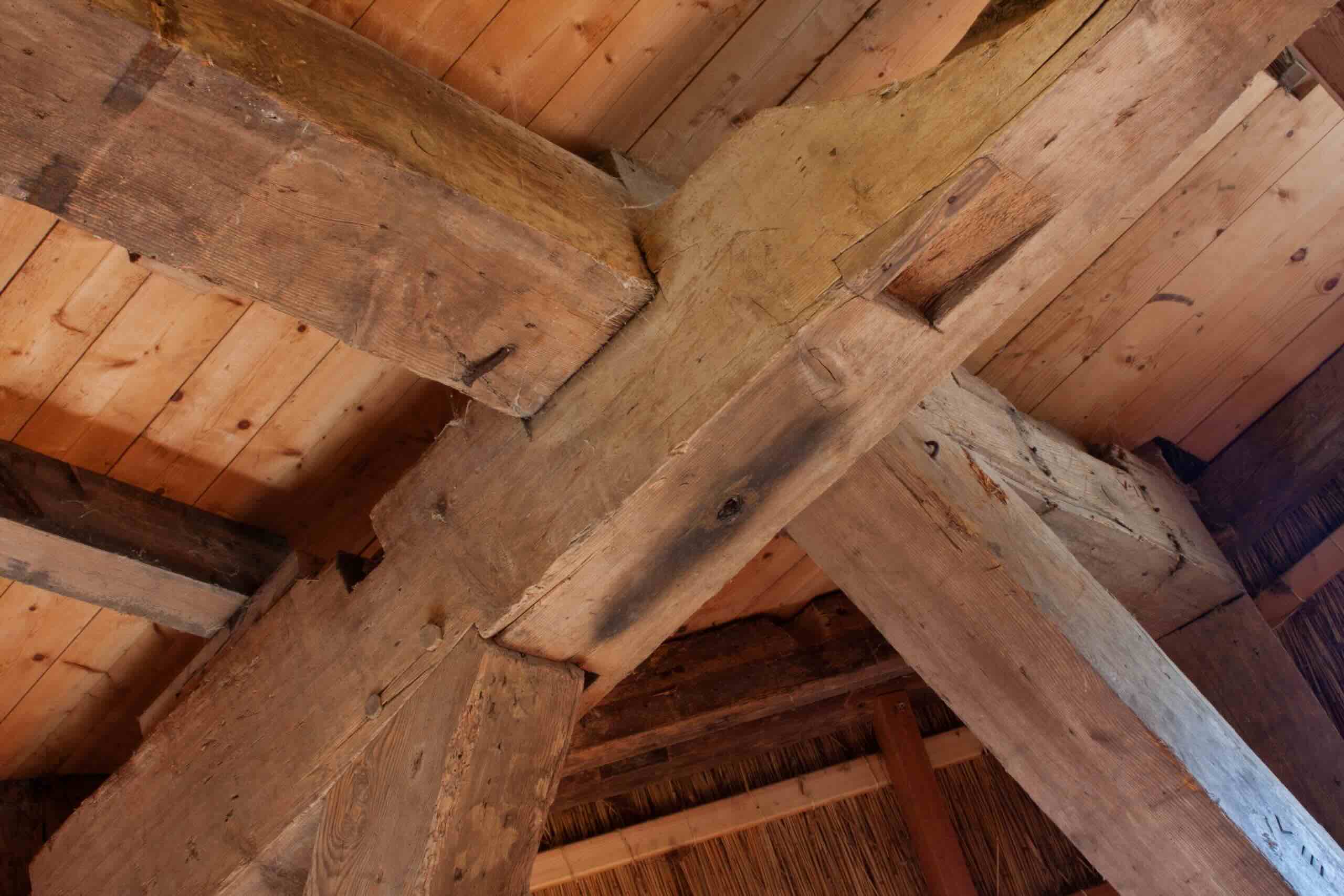
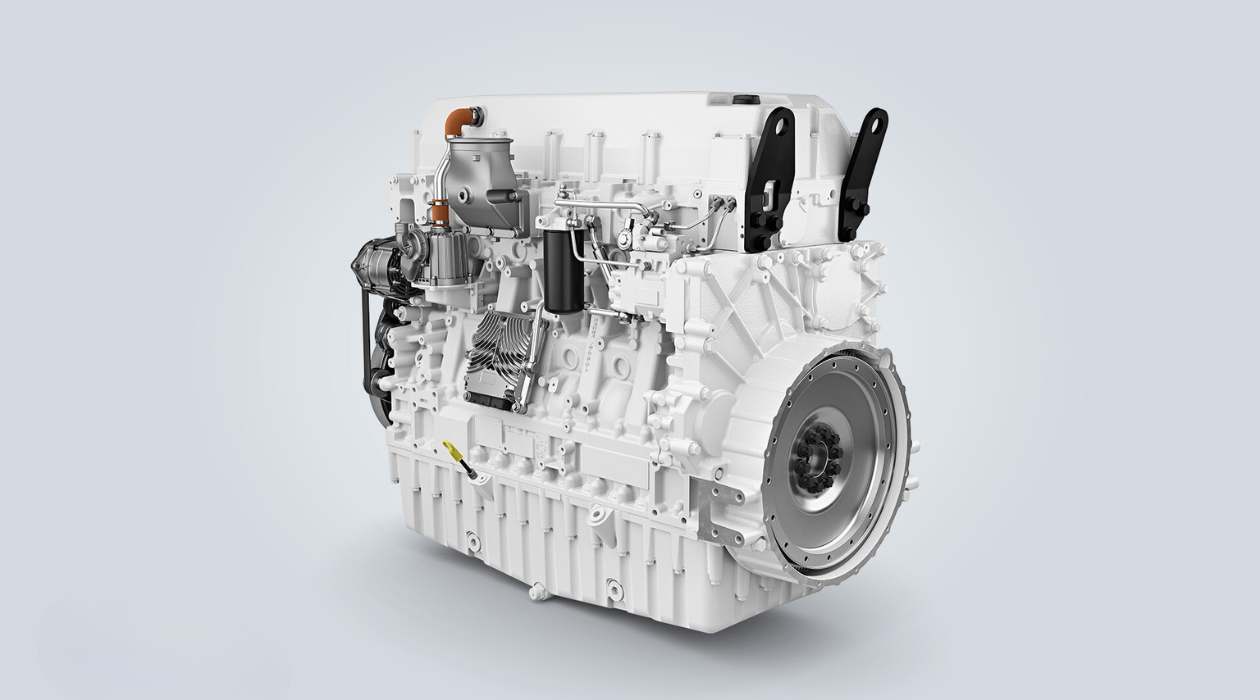



0 thoughts on “What Type Of Hard Hat Is Required For Construction”